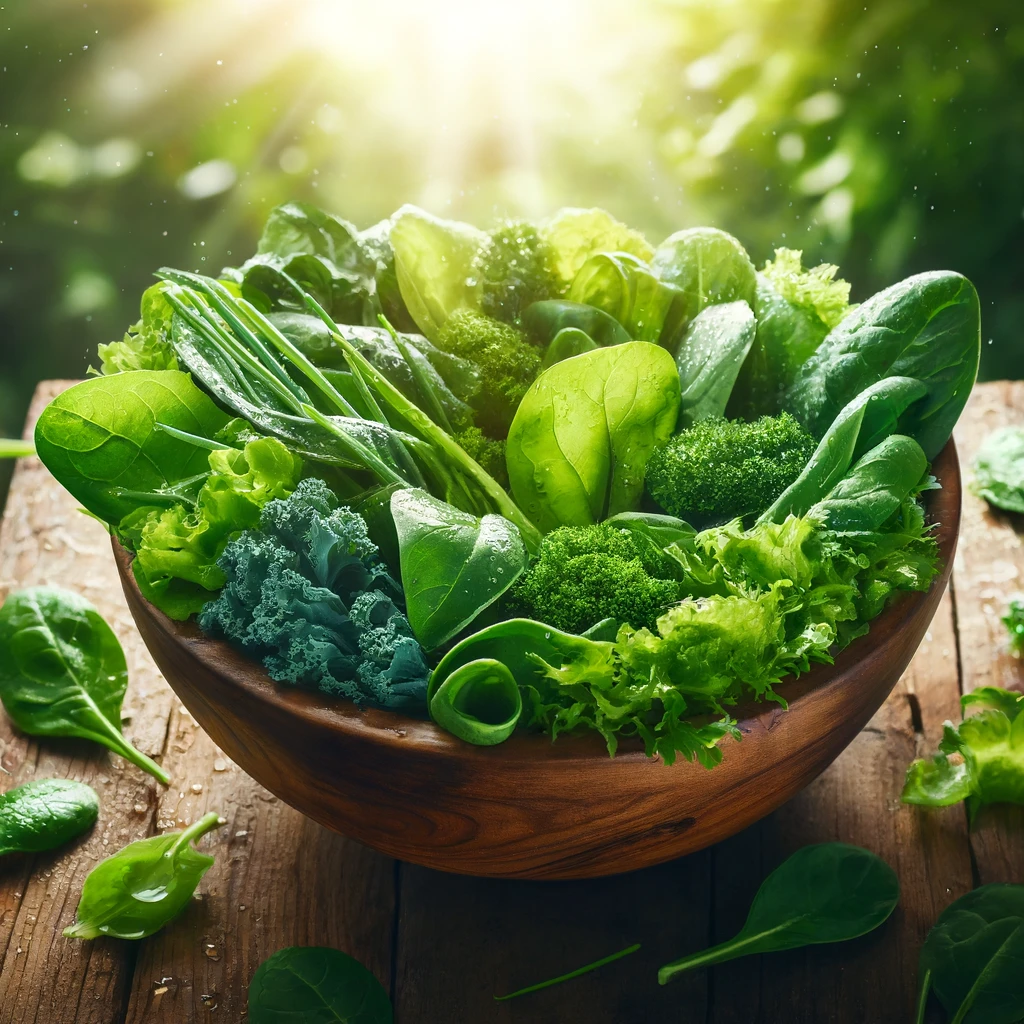For those experiencing mobility challenges or suffering from poor circulation, there is a natural approach that might be considered. It involves nitric oxide, a crucial molecule that acts as a natural expander for blood vessels. When released, nitric oxide helps to widen arteries and blood vessels, similar to the way air inflates a balloon.
The importance of nitric oxide increases with age, as the body’s natural production tends to decrease. This reduction is associated with several circulatory issues, including swollen ankles, feet, and difficulties in maintaining stable blood pressure.
Are there foods better than beets for promoting blood flow? Here are three excellent options to boost your nitric oxide levels for improved circulation. At Golden After 50, we recommend these strategies to our customers.
First on the list is romaine lettuce. Rich in nitrates, romaine lettuce might contain more nitrates, pound for pound, than beets. Next is bok choy, a type of Chinese cabbage, which you can stir-fry with some soy sauce for a delicious meal. Lastly, there’s fennel. Simply toss it into a salad and observe the swift improvement in your circulation.
Fortunately, it is suggested that certain foods are known to support the body’s production of nitric oxide. Here are five foods traditionally recognized for their potential to facilitate the production of this important molecule:





Incorporating these foods into one’s diet is generally recognized as a way to support overall health through improved circulation. The effects of increased nitric oxide are often noticeable shortly after consumption, with many reports of feeling enhanced well-being within an hour of intake.
By understanding the role of nitric oxide and including foods that support its production, individuals are often able to take steps towards improved circulatory health and a more active lifestyle.